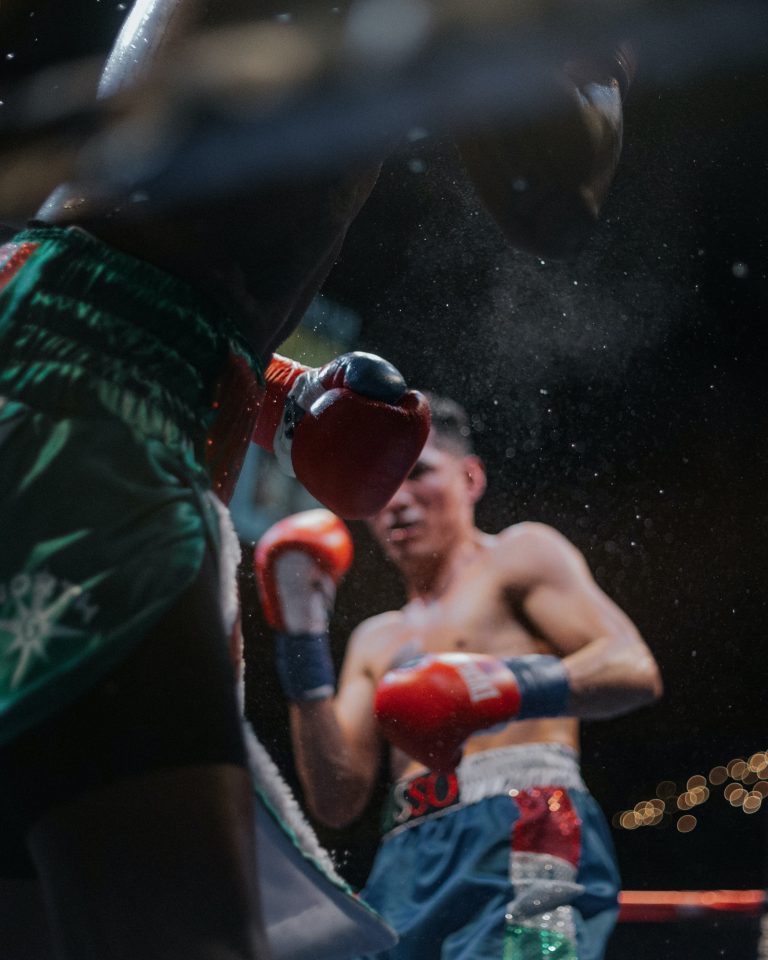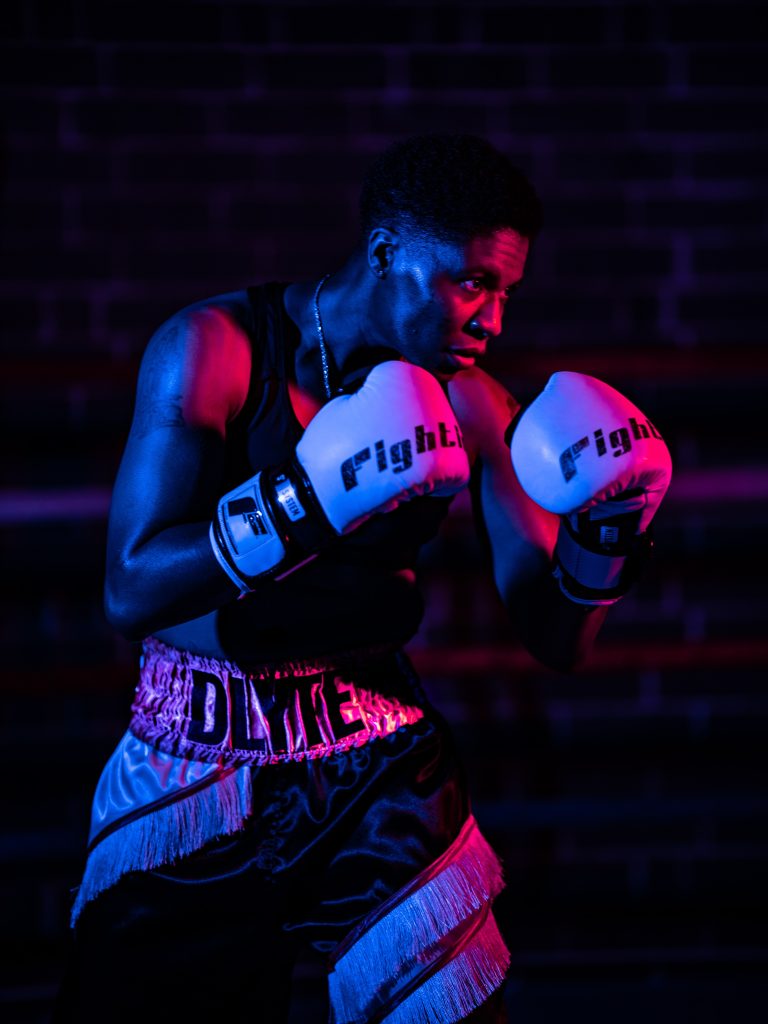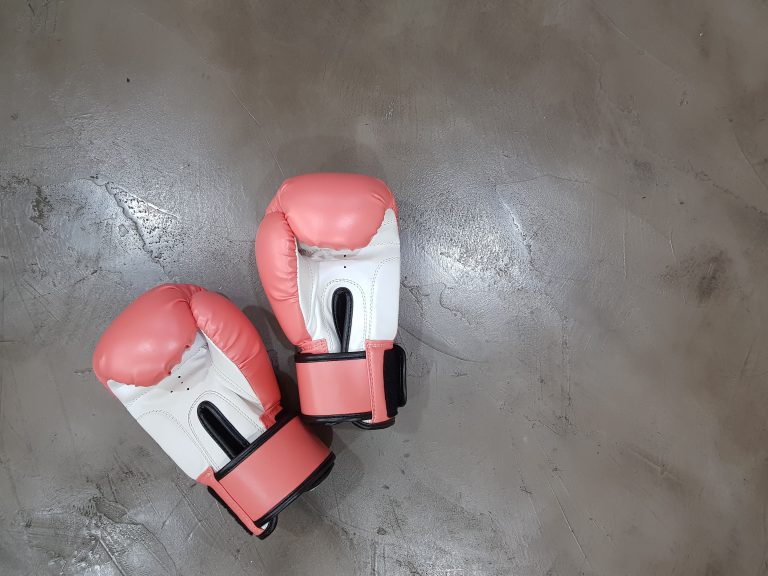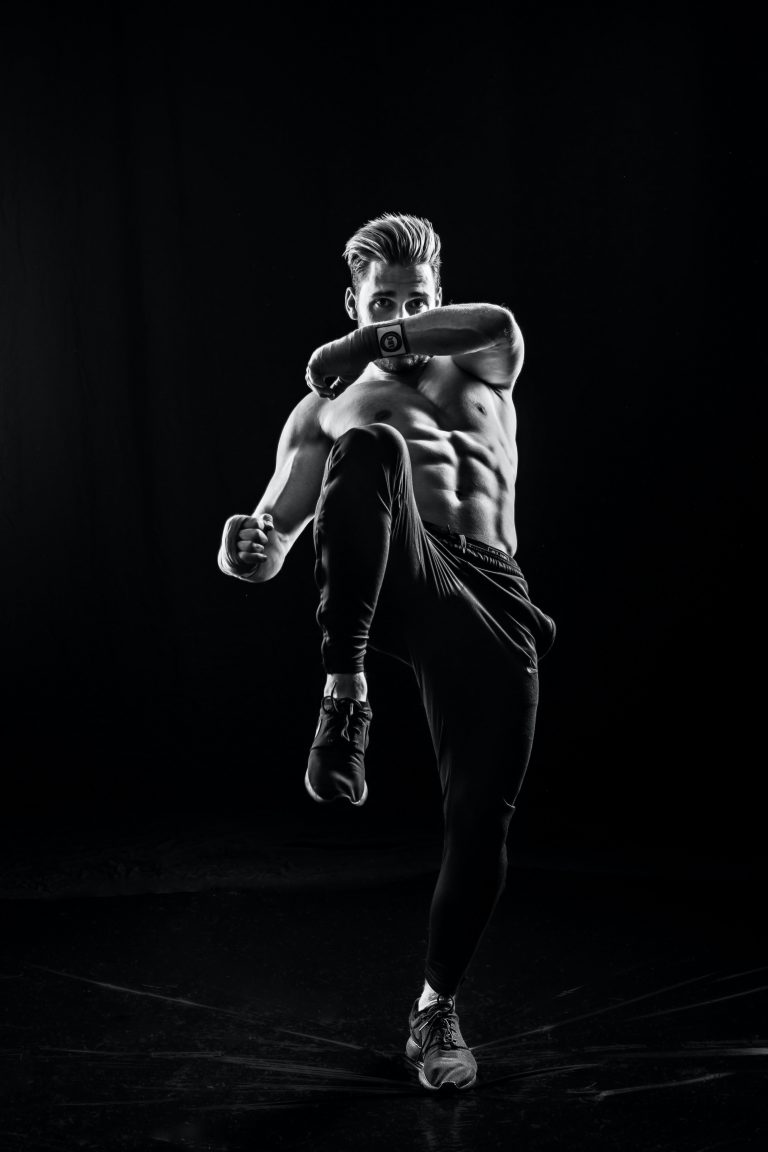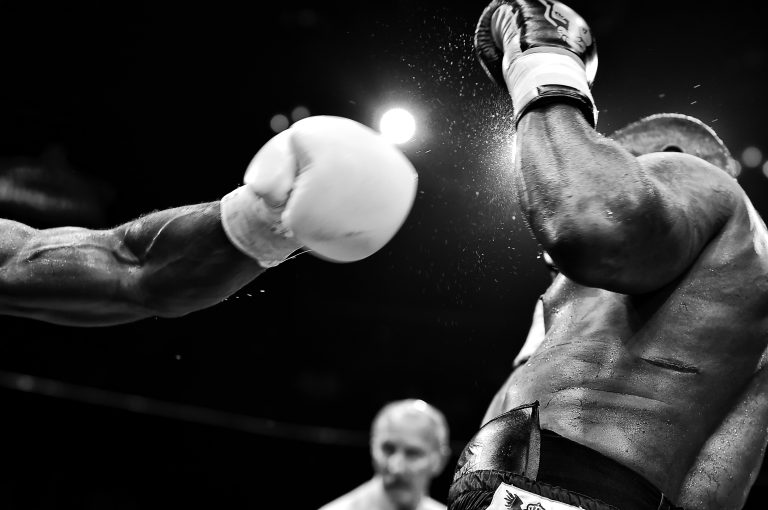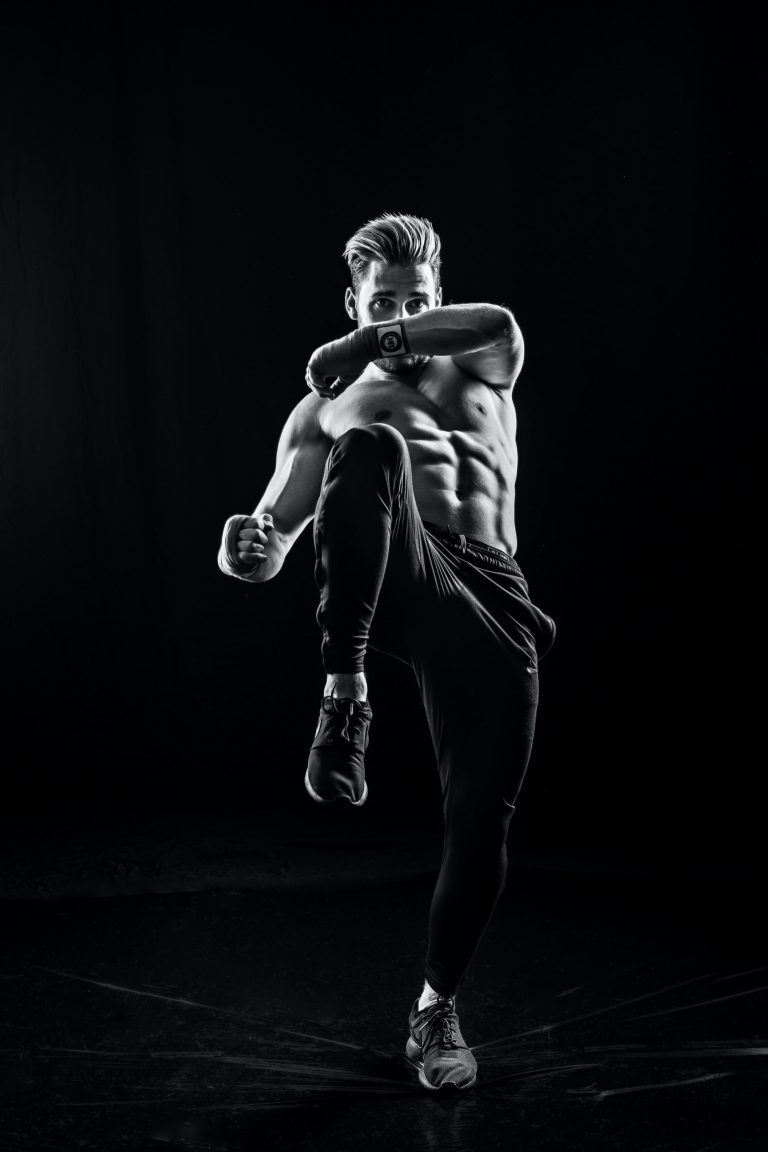Karate: What is the Difference between a Karate Stance, Punch, and Kick?
The practice of karate is a popular martial art form worldwide and covers a vast range of techniques based on stances, punches, and kicks. The sport itself has some very fundamental moves that each practitioner is expected to master in order to become proficient in their craft. This article will break down what exactly a stance, a punch, and a kick are in karate and how they differ from one another.
Karate Stance
Generally considered the foundation of karate basics and one of the very first things a beginner needs to learn, a karate stance is the position a practitioner takes to prepare for strikes. A good karate stance needs to be stable, balanced, and offer protection from strikes. It can be used in both offense and defence, setting the practitioner up to launch their next attack or guard against their opponent’s techniques.
The most commonly asked question when it comes to stances is: ‘which one should I use?’ and in truth there is no single correct answer to this question. Beginners should focus on mastering the basics and building up their flexibility and balance first, as depending on the type of karate they are practising, they may end up preferring a different stance at different times. Some popular stances used in karate include the Horse Stance, Cat Stance, Back Stance, Front Stance, and Double Stance; understanding the strengths and weaknesses of each of these will help a beginner determine which stance best suits their needs.
Karate Punch
The fist is an integral part of karate and the punch can be used to produce either sharp or powerful attacks on an opponent. A good punch must be precise as well as powerful; training to understand proper technique, angle and distance from the target is vital in order to maximize both power and accuracy.
A lot of emphasis should be placed on the punching hand when it comes to karate punches. Training for technique will help ensure that the punch is delivered with maximal effectiveness. Drills such as raising one’s hands with open palms and then closing them quickly into a fist before striking forward can help refine technique.
Karate Kick
Kicks are often considered to be more powerful than punches in karate as they target larger area of opponent’s body. There are many different types of kicks in karate from the Roundhouse Kick to Hook Kick to Axe Kick and Back Kick to name but a few. Kicks also require reaching a level of proficiency as to ensure accuracy, power, and speed are combined for maximum effectiveness.
A common mistake with kicks is focussing too much on the kick itself rather than the setup before it. Developing flexibility and balance is essential for any practitioner hoping to gain mastery over kicks. Balance drills such as trying to balance on one foot while shifting weight forward and backward can help improve both balance and coordination while executing a kick.
Conclusion
Karate practises emphasises three main techniques: stances, punches, and kicks. Although different people may have preferred techniques (such as a specific stance) much of the time it is best to stay flexible and be prepared to switch between different movements depending on circumstance. A practitioner must learn when to move quickly and precisely to avoid an attack or launch an attack themselves – with the use of these three techniques.
Overall, mastering stances, punches, and kicks in karate is no easy task but with dedication and practice the end results are definitely worth it!
Karate: What is the Difference between a Karate Stance, Punch, and Kick?
Karate is a traditional martial art that originated in Japan. It involves a combination of moves and techniques such as stances, punches, and kicks. Karate is not only a fighting style, but it is also a way of life. In this blog post, we will answer some frequently asked questions about karate stances, punches, and kicks.
What is a Karate Stance?
A karate stance, also known as „dachi“ in Japanese, is a fundamental posture in karate. It involves the positioning of the feet, legs, and torso to create a stable and balanced foundation for the techniques that follow. There are various types of karate stances, each with its unique characteristics and application. Some of the common karate stances include:
1. Zenkutsu-dachi (Front Stance)
The front stance is one of the most basic and commonly used karate stances. It is the foundation for many karate techniques such as punches and kicks. In a front stance, one foot is placed frontwards, while the other is placed backward. The front leg is bent slightly, while the back leg is straight. The weight is distributed between the two legs, and the hips are facing forward. This stance creates a stable and powerful foundation for delivering strikes.
2. Kokutsu-dachi (Back Stance)
The back stance, also known as the horse riding stance, is a defensive posture in karate. In this stance, the weight is placed on the back leg, while the front leg is bent slightly. The feet are approximately shoulder-width apart, and the hips are facing the side. This stance allows the karateka to move backward or sideways quickly.
3. Kiba-dachi (Horse Stance)
The horse stance is a low and stable stance in karate. In this stance, the feet are shoulder-width apart, and the knees are bent deeply. The hips are pushed forward, and the back is straight. This stance is used for basic exercises such as punches, kicks, and blocks.
What is a Karate Punch?
A karate punch, also known as „tsuki“ in Japanese, is a striking technique used in karate. Punching in karate is not just about hitting an opponent; it is also a way of developing power and speed. There are various types of karate punches, each with its unique characteristics and application. Some of the common karate punches include:
1. Gyaku-zuki (Reverse Punch)
The reverse punch is one of the most common and powerful punches in karate. In this punch, the arm is fully extended, and the wrist is turned slightly inward at the moment of impact. The punch is delivered from the chamber, which is the position where the arm is bent and ready to punch. The reverse punch is a versatile technique that can be used in various situations, such as counterattacking.
2. Oi-zuki (Lunge Punch)
The lunge punch, also known as the stepping punch or the lunging punch, is a forward-moving punch in karate. In this punch, the karateka takes a step forward with the front foot and delivers a punch with the back arm. The punch is delivered from the chamber, and the arm is fully extended at the moment of impact. The lunge punch is a powerful technique that can cover a long distance quickly.
3. Tate-zuki (Vertical Punch)
The vertical punch is a straight punch that is delivered vertically upward. In this punch, the fist is rotated such that the palm is facing inward, and the punch travels upward instead of straight ahead. The vertical punch can be used for attacking an opponent’s chin or nose.
What is a Karate Kick?
A karate kick, also known as „geri“ in Japanese, is a striking technique that involves using the feet and legs. Kicking in karate is not just about delivering powerful strikes; it is also about developing flexibility, balance, and coordination. There are various types of karate kicks, each with its unique characteristics and application. Some of the common karate kicks include:
1. Mae-geri (Front Kick)
The front kick is one of the most basic and commonly used kicks in karate. In this kick, the leg is lifted straight up and then extended forward to deliver a strike with the ball of the foot. The front kick is delivered from the front stance and can be used for both attacking and defending.
2. Yoko-geri (Side Kick)
The side kick is a powerful and versatile kick in karate. In this kick, the leg is lifted sideways and then extended outward to deliver a powerful strike with the heel or the ball of the foot. The side kick can be used for attacking an opponent’s ribs or knee.
3. Mawashi-geri (Roundhouse Kick)
The roundhouse kick is a circular kick that involves lifting the leg and then extending it outwards in a circular motion to deliver a strike with the foot or shin. The roundhouse kick can be used for attacking an opponent’s head or midsection.
Conclusion
Karate is an ancient martial art with a rich history and culture. It involves various techniques such as stances, punches, and kicks that require training, focus, and discipline. Understanding the differences between karate stances, punches, and kicks is essential for learning and mastering the art of karate. With practice and dedication, anyone can learn karate and experience its physical and mental benefits.
Inhaltsverzeichnis

